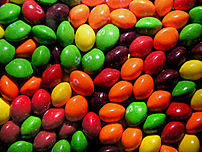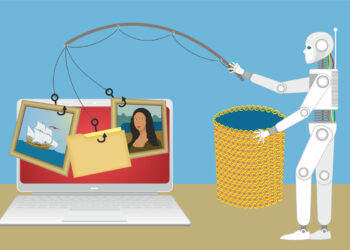
- Image via Wikipedia
It seems an odd place to find inspiration, but Skittles.com has enlisted Twitter and Facebook to create a content-rich site that has customers (and people like us) buzzing.
Go to Skittles.com and enter your birthdate. Once there, you can participate in “chatter” or “friends,” in addition to the traditional menu options of products, media, and contact.
Chatter consists of a Twitter search for skittle or #skittle. Apparently, the Twitterverse is responding, with some alacrity. As I wrote about previously, journals are frequently the subject of tweets. Why not incorporate the text, thoughts, and links into your site?
Friends integrates with a Facebook page that now has 585,000 fans. Pretty decent numbers!
This friendly and modern approach to leveraging the audience and their tools for interaction and interest is something publishers should pay attention to, whether you’re Skittles are multi-colored or your journals are.
(Shout out to RexBlog.com for the pointer.)
Discussion
2 Thoughts on "Smart Skittles!"
Yay junk food. Yay entertainment.
Perfect American marriage.
Big disappointment for a scholarly kitchen to whip up and serve to smarties.
What’s next? How we should care that pixie stix revived its ailing image with Twitter?
Ugh.
Well, Friday has been designated “funday” on the Scholarly Kitchen. Even the finest establishment serves a sweet at the end of a five-course meal.
On a more serious note, I think it’s worth contemplating the approach for a number of reasons — the infrastructure your users are leveraging to talk about your brands and your content; the broadcasting they are able to accomplish without your help; and the value of aggregating both of those into your communications platform. Skittles may be a syrupy sweet example, but the message is more substantial. I could have pointed to more serious examples, like CNN’s appropriation of Twitter feeds into their talkshows, and the Congressional Twittering that went on during Obama’s recent speech.
But it was time for dessert!
![Reblog this post [with Zemanta]](http://img.zemanta.com/reblog_e.png?x-id=92f46181-2934-4d38-8187-08b85a4532f4)


